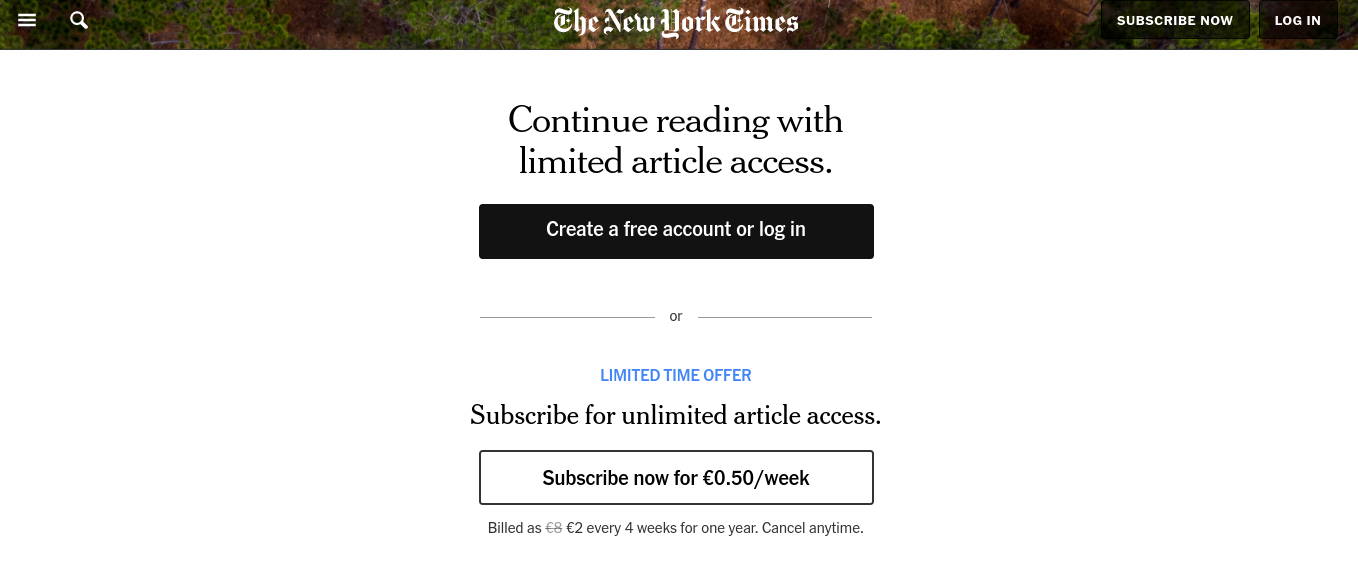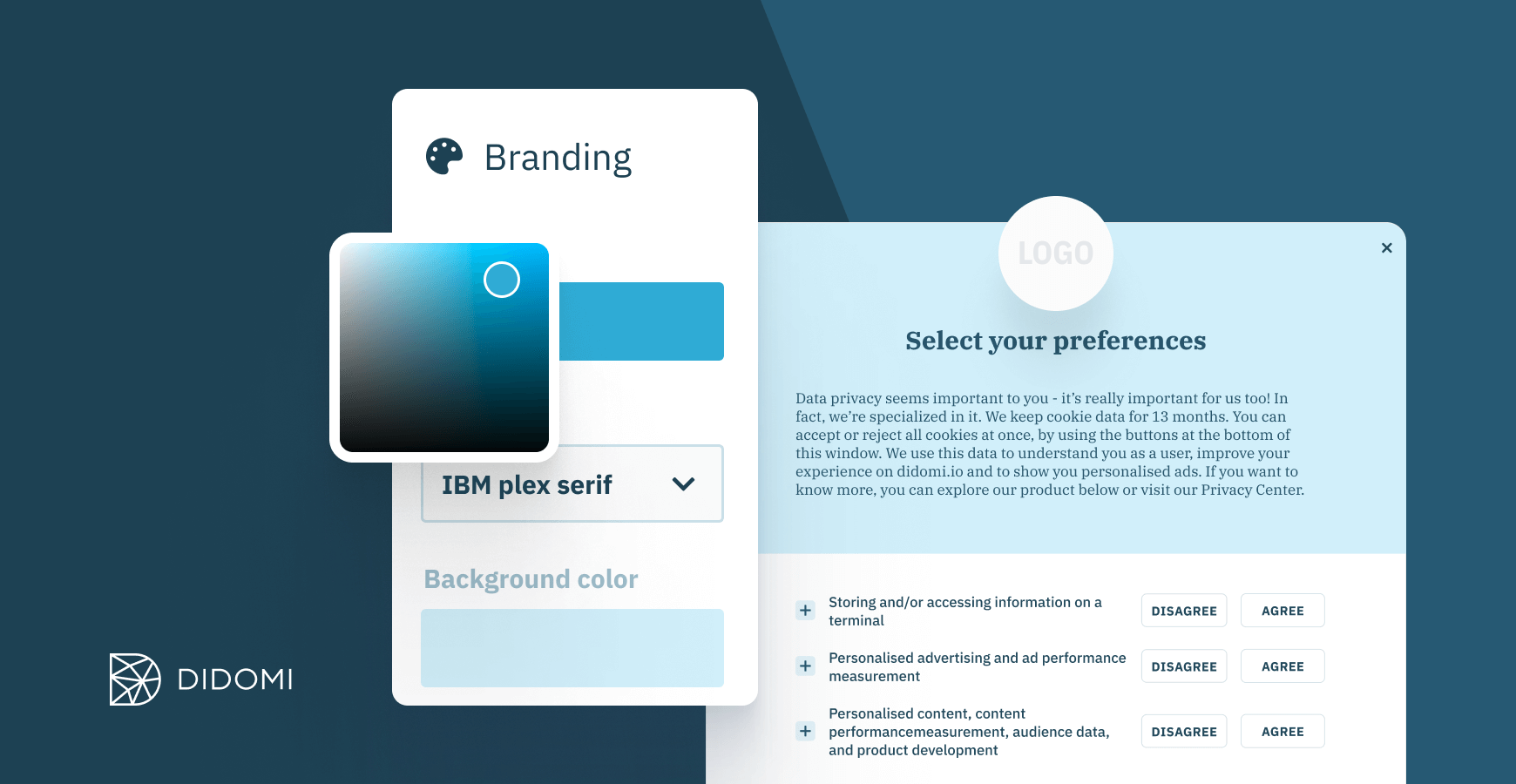Walls, in their various shapes and sizes, are being increasingly used by publishers to ask users for a value exchange in order to access content. In particular, a wall can help you to monetise even when cookie usage is declined, asking that readers support the publisher in another form.
This article looks at the three central wall types for online publishers, comparing examples of each and discussing how they can benefit your business.
Summary
What is a wall and how can they benefit publishers?
A wall can be employed by any online content producer in order to block content and ask for a value exchange in order to gain access. They therefore provide publishers with a way of monetising their audience as well as the opportunity to benefit from readers in other ways, such as by collecting valuable first-party data.
This ‘value exchange’ depends on the type of wall employed:
-
Paywalls ask users to pay to subscribe to view content.
-
Registration walls require that they sign up as a registered user to gain access.
-
Cookie walls, slightly differently, give visitors an alternative to accepting cookies and tracking, such as subscribing or paying a one-off fee. This other choice has to be cookie and tracking free in order to abide by EU regulations.
Given this value exchange, walls are hugely beneficial to publishers, particularly given the increasing percentage of users who are declining cookies, cutting off a vital monetisation point.
Of course, it’s very important that online users are in control of their personal data and can choose to decline cookies and tracking if they desire. However, asking them to help the publisher in an alternative, cookie-free way still gives users a choice whilst also supporting the survival of publishers online.
Don’t forget, a user’s journey on your website must start with giving them a clear choice of whether to accept cookies or not. Didomi’s Consent Management Platform allows you to collect compliant consent on cookie usage and lead a reader who rejects cookies to a wall that provides an alternative.
|
DIDOMI WHITEPAPER | Cookiewalls, paywalls, advertising… What does the future hold for media monetisation? Want to find out more about walls? This whitepaper discusses what the law says about cookie walls, and what this means for users and for monetisation.
|
3 paywall Examples
Paywalls ask users to pay to subscribe in order to access content. Therefore, publishers using a paywall often have a subscription strategy and monetise from paying subscribers.
The Financial Times
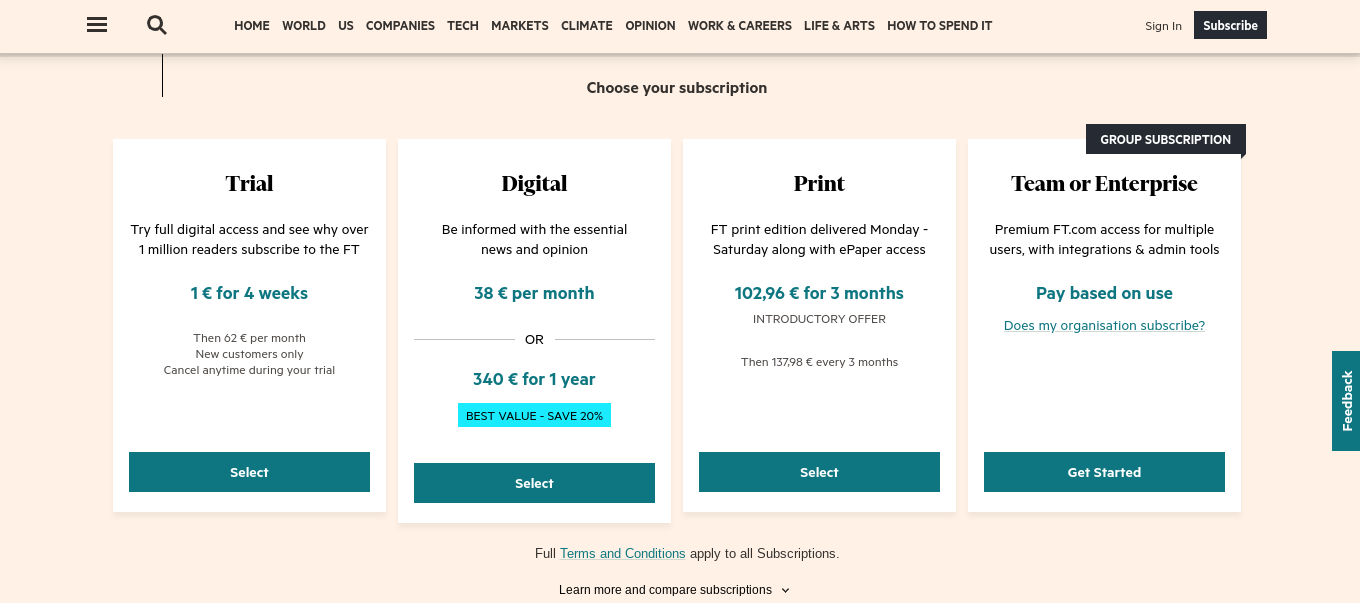
The Financial Times led the way in using paywalls to block access to online journalism. They employ what’s called a hard wall where all content is blocked and a user is required to pay to subscribe in order to gain access.
However, importantly, by displaying article titles to users when first entering the site, they allow you to see their value proposition before asking for payment. I.e. the wall is only presented once you’re interested enough to want to read more and click on an article.
Digiday

Differently, Digiday uses a metered paywall strategy, meaning that a user has access to a limited number of articles for free within a given time period before being blocked. This allows a reader to discover content and the publisher’s value proposition before being required to subscribe.
One positive aspect of this paywall is that Digiday informs the reader of how many free articles they have left. This reduces user frustration when the wall does pop-up (they’ll have been expecting it).
La Croix International
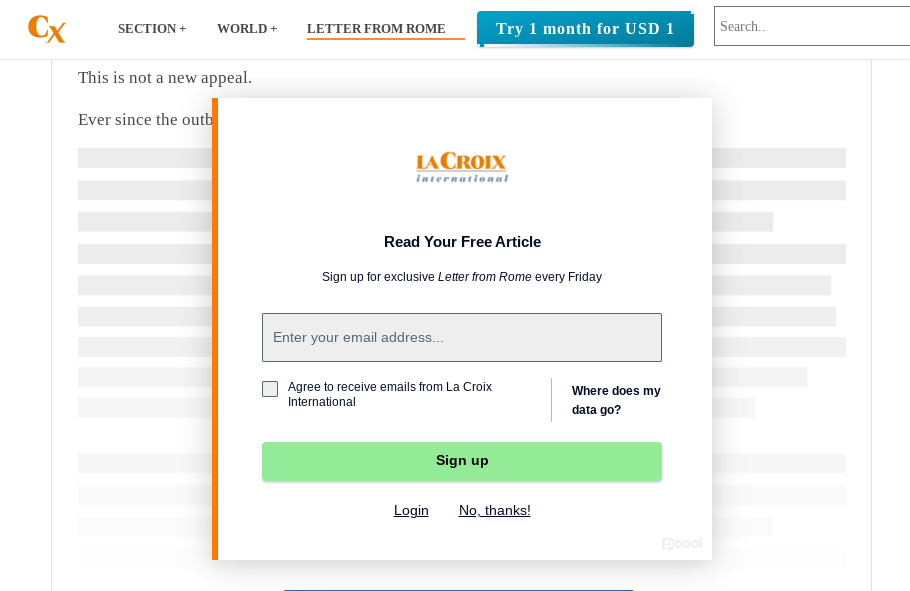
A third strategy is that of a dynamic wall. La Croix International uses this strategy to ask a user to subscribe to their newsletter before asking for paid subscription. A reader will therefore be able to discover some of the publisher’s content, be asked to sign-up to the newsletter and so have access to another limited number of articles before being required to subscribe.
Thanks to the dynamic nature of this paywall, user journeys can be designed to not only allow readers to discover your value proposition but also benefit other KPIs aside from monetising from subscription. This could be anything from collecting email addresses for newsletters to asking users to answer a questionnaire or requiring that they watch an ad.
La Croix International employs Poool’s paywall solution which has allowed them to design each stage of the user journey, choosing from ready-made widgets (such as email collection, forms or discovery passes) and carry out A/B testing to find the optimal solution. Take a look at Poool’s solution here.
To find out more about paywalls, our friends over at Poool have a dedicated article: What is a paywall? - Definition, Examples and Best Practices.
3 registration wall examples
Regwalls ask users to register to access content. This helps publishers to collect valuable 1st party data, personalise the user experience and learn about their audience’s behaviour.
The New York Times
The New York Times has altered its wall strategy over recent years and currently takes a metered registration approach. After accessing a certain number of articles, the reader is asked to create a free account before continuing. However, they do state that even registration only gives a user ‘limited’ access, suggesting that a paywall will be shown later and that the publisher’s end goal is to gain paying subscribers.

It’s a common misconception that walls are reserved for written content, particularly news and journalist sites. However, as seen here with Pinterest, they can be used to block access to social media websites (in fact any online content producer can employ a wall).
In this case, Pinterest allows a visitor to glimpse the pictures and value proposition before scrolling down to find this registration wall. Note that their sign-up process is facilitated by the option of using an existing Facebook or Google account, making it even quicker for someone to register.
ITV Player
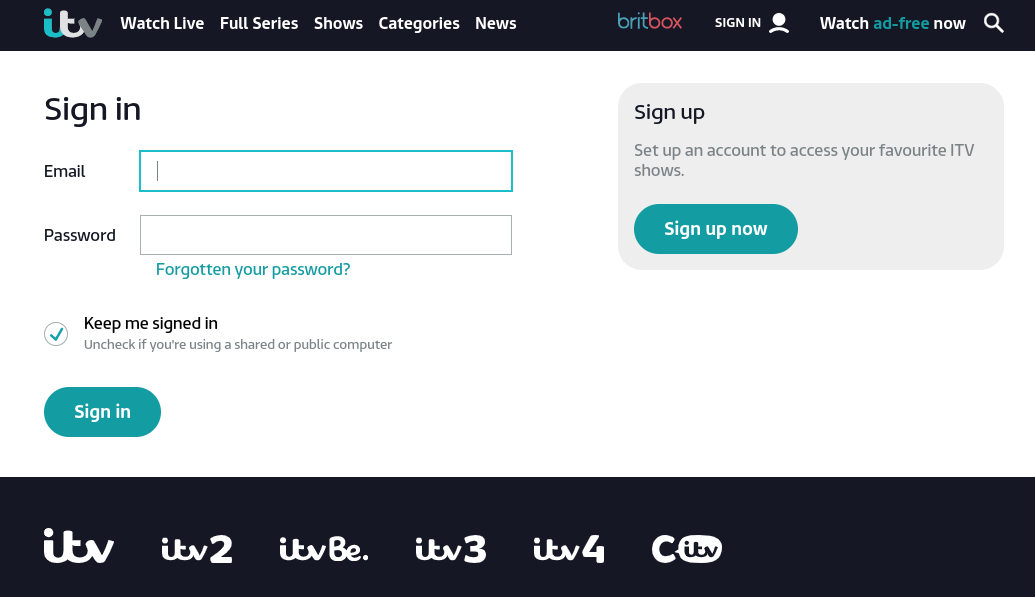
ITV, a British TV channel, asks visitors to register before watching shows or films on their replay website. Not only does this give the company valuable information about how users behave on their site, but it allows them to create a personalised experience for each registered user.
This includes giving recommendations, allowing them to save shows for later as well as resume a programme where they left it. Clearly, this is a huge benefit of using a regwall, improving the user experience and so creating customer loyalty.
For more information about regwalls, Poool has an article on their blog explaining what registration walls are and how they benefit publishers.
4 cookie wall examples
It’s important to note here that a cookie wall will only be presented to a visitor if they decline cookies on the consent notice that is presented to them upon entering your site. Therefore, given the value of cookies to publishers, a cookie wall allows you to offer a cookie-free alternative to your users that can benefit you in another way.
The Washington Post
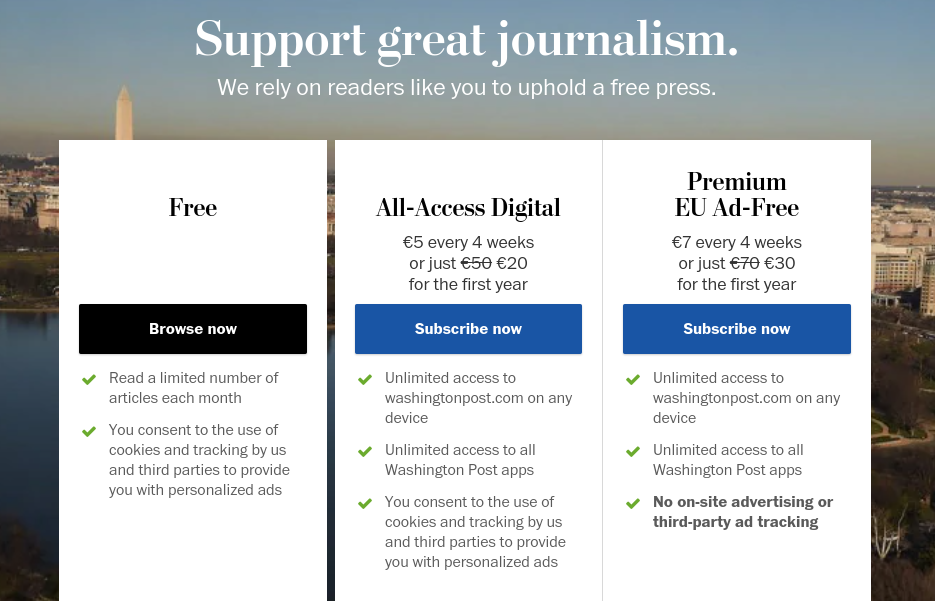
Being one of the first to employ a cookie wall, The Washington Post is an interesting case to analyse. Aligning with EU regulations, they offer an alternative to cookies and tracking which requires that a user pays to subscribe.
One positive of their cookie wall is that they explain the benefits of each option, however they don’t provide much information about how cookies are used, nor outline which partners have access to user data.
Allo Ciné
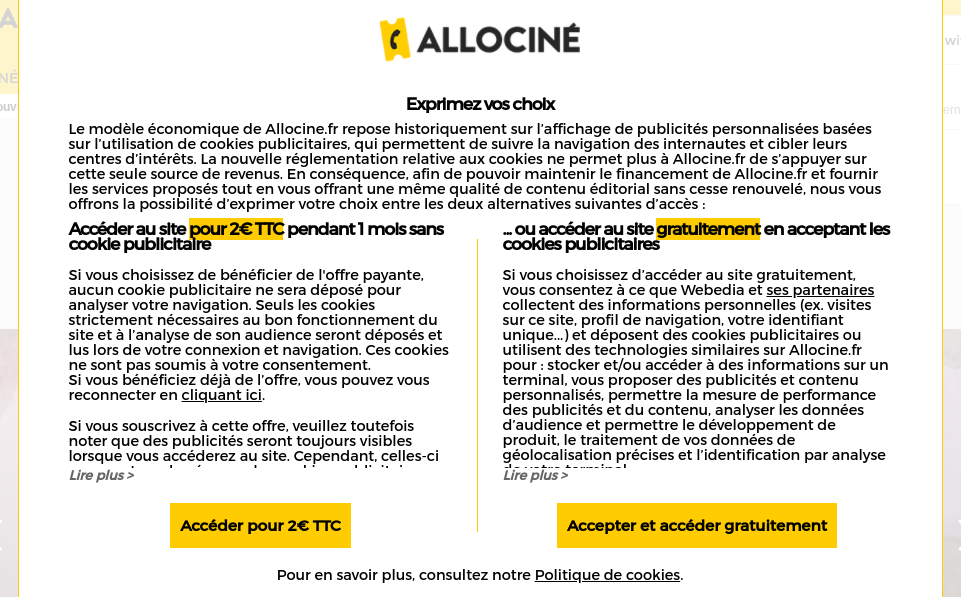
This French content-producer chooses a different approach and, instead of asking for subscription as a cookie-free alternative, asks a user to pay €2. What’s more, this cookie wall differs to The Washington Post in that it gives the visitor a lot more information on how cookies benefit Allo Ciné, what each option means and includes a link to their cookie policy page.
Although it is quite a text-heavy wall, a transparent and informative style is definitely valued by users, especially given the unfamiliarity of cookie walls.
Le Monde

Le Monde employs a freemium cookie wall strategy whereby declining cookies doesn’t mean that a user has to pay or is blocked, but simply that this yellow banner (above) can pop-up and disturb their reading.
Although it’s obviously good for a user that they can browse the site cookie-free and without having to pay, this banner covers a significant part of the screen and makes for a very frustrating experience, especially on their mobile version.
Didomi X Poool: Unifying consent with monetisation
Of course, we couldn’t discuss cookie wall examples without drawing attention to the dynamic Didomi X Poool alternative cookie wall solution. The user arrives on your site and is faced with the Didomi Consent Management Platform where they are asked to accept or refuse the use of cookies.
If they choose not to accept, they will be shown the Poool wall, integrated into your site, with fully personalisable compensation choices (such as cookie-free subscription, registration, sign-up to the newsletter, etc.).
A huge advantage of this wall is that you can segment your audience based on a reader’s context (such as country, device used or type of content) and assign a different user journey for each. As you’re aware, the wall will only be shown if a visitor declines cookies when first entering the site, but this additional segmentation allows you to present the most optimal compensation choice for the user’s profile.
What’s more, the personalisation of this aspect of the wall means that you can adapt it to your strategy and benefit from a user even when cookies are declined.
The Didomi X Poool collaboration has led to an ideal alternative cookie wall solution for content-producers that maximises ARPU (Average Revenue Per User) and gathers compliant consent simultaneously.
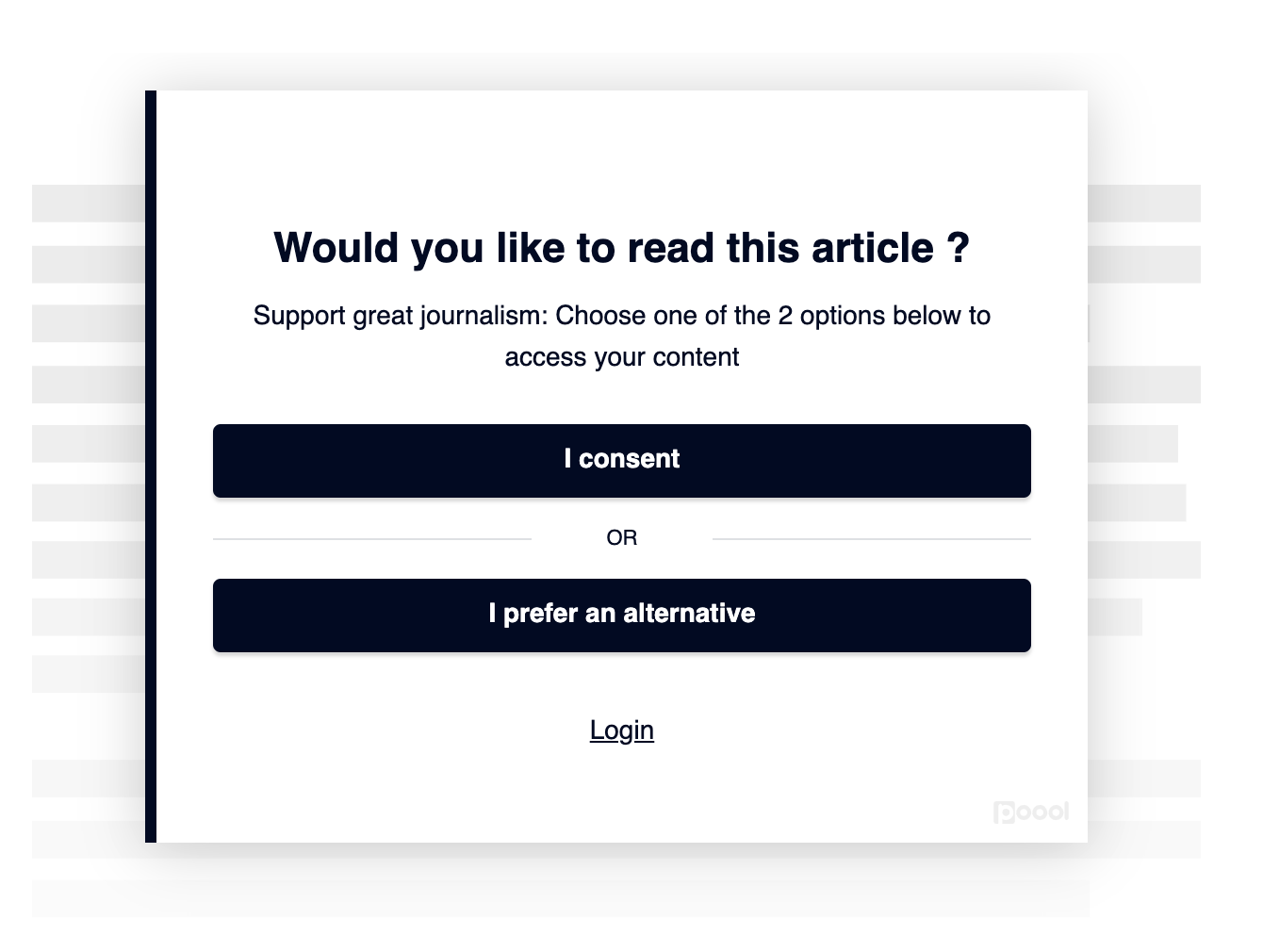
This gives you an idea of how the wall can look, but each aspect can be modified to fit with your brand and strategies.
Interested in integrating a wall into your site to help monetise even when cookies are declined? Get in touch with Didomi to find out more or schedule a demo to try out our product.
Not yet ready for a wall but need to comply with cookie and privacy regulations on your website? The Didomi Consent Management Platform is both compliant and performant. Gather consent in a way that is compliant with GDPR regulation, whilst also optimising your consent rates.



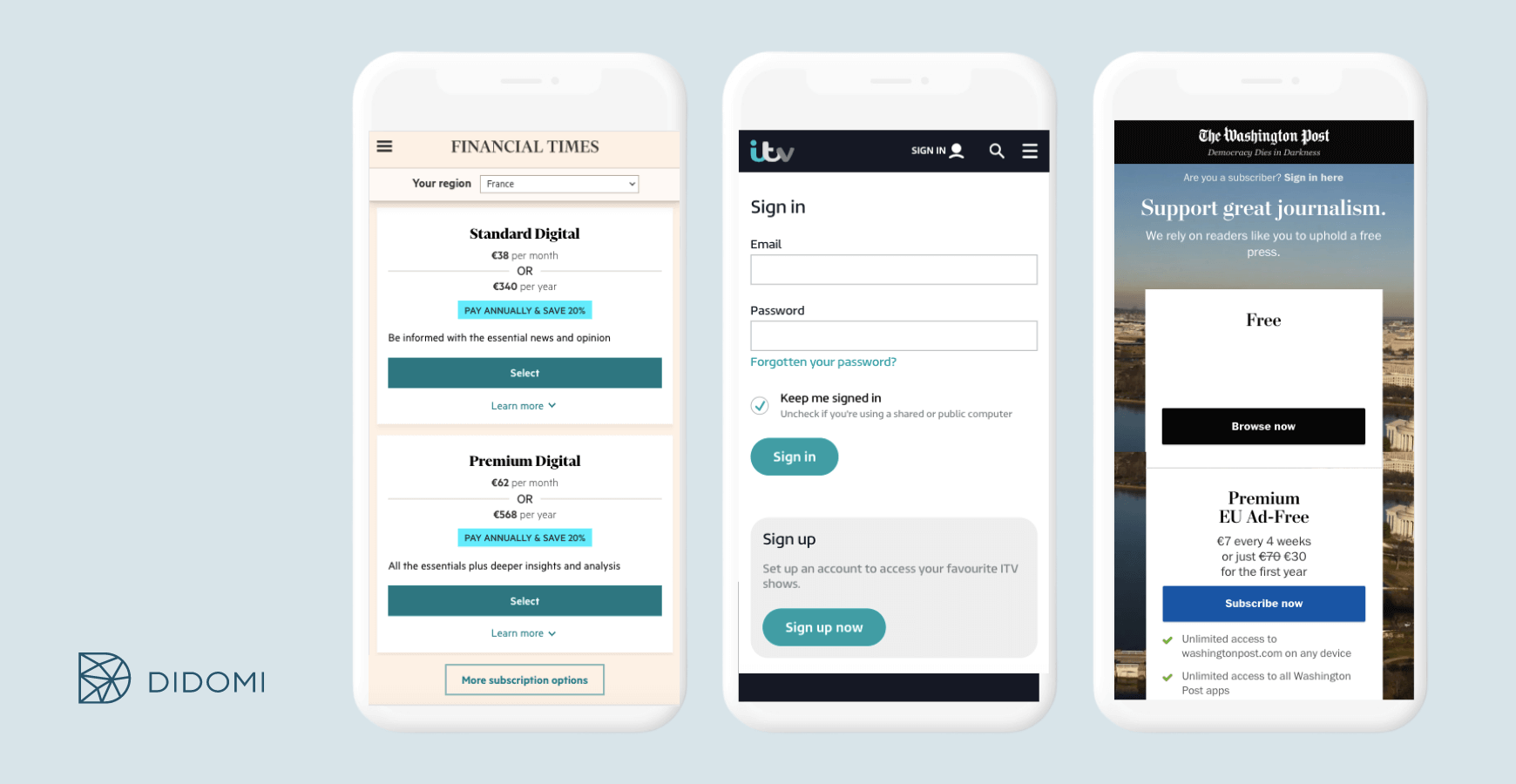


%20(EN).png?width=1200&name=Poool%20-%20Monetisation%20-%20Socials%20(Rectangle)%20(EN).png)
